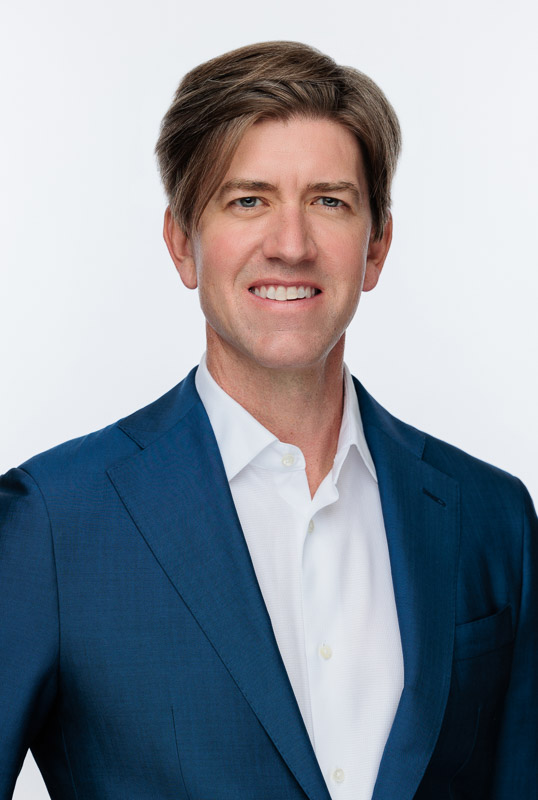Infection prevention has become a commonly discussed topic in healthcare and with the general public since the beginning of the COVID-19 pandemic. While infection preventionists (IPs) are celebrating (or maybe eschewing) that fact, it has become apparent that some infection prevention practices need to be reexamined and updated. This article will explore the history of infection prevention, where we are now, and what it will take to innovate infection prevention in the future.
The Past of Infection Prevention
The birth of infection prevention occurred in Vienna, Austria, in the mid-1840s. A surgeon named Ignaz Semmelweis, M.D., the chief resident at Vienna General Hospital in the maternity wards, noticed a discordant number of postpartum women developing “Childbed fever,” otherwise known as puerperal fever, in one of the two maternity clinics that the hospital ran.
This clinic, named the First Clinic, was staffed by doctors in training and had a postpartum puerperal fever mortality rate average of around 10%. In contrast, the aptly named Second Clinic was staffed by midwives and had a postpartum puerperal fever mortality rate average of about 3%. The differences in mortality were so widely known around Vienna that women would beg to be admitted to the Second Clinic or would risk potentially giving birth in the street to avoid being admitted to the First Clinic.
Following the death of a colleague who had died of symptoms similar to puerperal fever after being stabbed with a scalpel that was used in a post-mortem examination, Semmelweis noticed that the surgeons from the first clinic would leave directly from the morgue where they were learning on cadavers, directly to the maternity ward to deliver babies. Based on this, he proposed that “cadaverous particles” left on the hands of the doctors from the First Clinic contributed to the higher rates of puerperal fever, as the midwives from the Second Clinic had no such contact with cadavers.
With the implementation of a chlorinated lime solution to clean the hands of the doctors before examining patients, the mortality rate of the First Clinic dropped from 18% the prior month to 2%. It continued to remain comparable to the mortality rates of the Second Clinic. Semmelweis’ discovery led to him being named the “Father of Hand Hygiene” and was the basis for what we know today as the Germ Theory of Disease, which states that pathogens, such as viruses or bacteria, can lead to illness or disease.
A Current Day Glimpse into Infection Prevention
Fast forward 160 years, and infection prevention today impacts almost every facet of hospital operations, from hospital construction projects to preventing central line-associated bloodstream infections in patients. Infection Preventionists today need to have a unique but comprehensive set of skills to be effective in today’s healthcare environment. Microbiology, bedside clinical skills, statistics, construction, occupational health, and evidence-based best practices are just a few areas that an IP should know to be competent and effective and ensure their facility adheres to state and federal regulations.
Regulatory organizations have also come to the forefront of infection prevention. Significant financial and legal penalties are incurred for failure to ensure that the facility meets standards set forth by the Centers for Medicare and Medicaid Services (CMS). In addition, specific healthcare-acquired infections are reported to CMS, and poor performance can impact the healthcare facility’s financial reimbursement by up to 6%. So, ensuring that infections and other surveillance activities are captured appropriately has become a considerable part of an infection preventionist’s job.
While many of the challenges in infection prevention are the same as 150 years ago (think hand hygiene!), the introduction of new technologies has created additional patient risks. For example, medical devices like central lines or ventilators have allowed healthcare providers to provide care and support to critically ill patients who would have otherwise perished. However, these invasive devices create an additional entry point into the body for pathogens to enter and cause havoc. So, proper insertion, care, and maintenance of these invasive devices are paramount to preventing additional issues for an already critically ill patient. Ensuring that evidence-based best practices are maintained while constantly navigating changing technology is just another challenge faced by infection prevention.
The Future Technology of Infection Prevention
As technology becomes ever more ubiquitous in the healthcare environment, it is clear that infection prevention technologies will also need to evolve. We are already starting to see this with the advancement of daily technologies developed for infection prevention, including electronic surveillance and reporting healthcare-associated infections. While not fully automated, these systems have significantly reduced the amount of time infection prevention spends on surveillance activities, allowing IPs to dedicate their time to other pressing issues.
One of these issues is emergency preparedness, mainly for the threat of emerging infectious diseases and natural disasters. As the last two years have highlighted, a novel pathogen can bring the world to its’ knees and has far-reaching consequences both in and out of the healthcare system. The pandemic has highlighted the need for many facets of infection prevention to improve, most notably, environmental cleaning and disinfection. Disinfectants and cleaning schedules have been scrutinized, and areas of the environment not usually considered reservoirs or conduits of infection, such as the floors or the air, have been reprioritized.
A new focus will need to be given to these areas to help further reduce infections. For example, introducing technology that can continuously disinfect the air and surfaces facility-wide could be considered to augment current cleaning and disinfection practices. This continuous technology has no additional labor required for operation and minimal maintenance. Other technologies that could augment IP practices include the use of new faster-acting and broad-spectrum disinfectants to disinfect surfaces, freeing up more time for the environmental services staff to focus on surfaces that historically have been given less attention.
It is clear to see that infection prevention has come a long way since its’ inception, but there are still many areas to improve. However, the dedication of infection preventionists has been made very apparent in the last couple of years, and now it’s time to recognize them by giving them the tools to do their jobs effectively and implement improvements through innovative technologies. I believe the future of infection prevention depends on it.
Editors Note: About Caitlin Stowe
Caitlin Stowe, MPH, CPH, CIC, CPHQ, VA-BC is vice president of clinical affairs and medical liaison for ActivePure Medical. Stowe has worked in infection prevention roles for the past 12 years and has worked in the healthcare industry for more than 20 years. Most recently, she was the clinical affairs research manager for PDI Healthcare, where she played a significant role in developing an evidence-based science strategy for the post-market portfolio, initiating over 20 studies in two years. Stowe also assisted with evidence generation for product development. In addition, she helped create training and education for various topics, from health quality metrics to emerging pathogens, to help foster best practices, to improve outcomes and lower infections. Stowe has been an adjunct faculty member at South College in Knoxville, Tenn., teaching undergraduate biostatistics, health science research and epidemiology courses. Stowe graduated with a Bachelor of Science from the University of Central Florida. She earned her master’s degree in public health specializing in global communicable disease and has a graduate certification in infection control from the University of South Florida. In addition to her multiple certifications in infection control, public health and health quality, she will attain her Ph.D. in health science from Nova Southeastern University in 2022.




